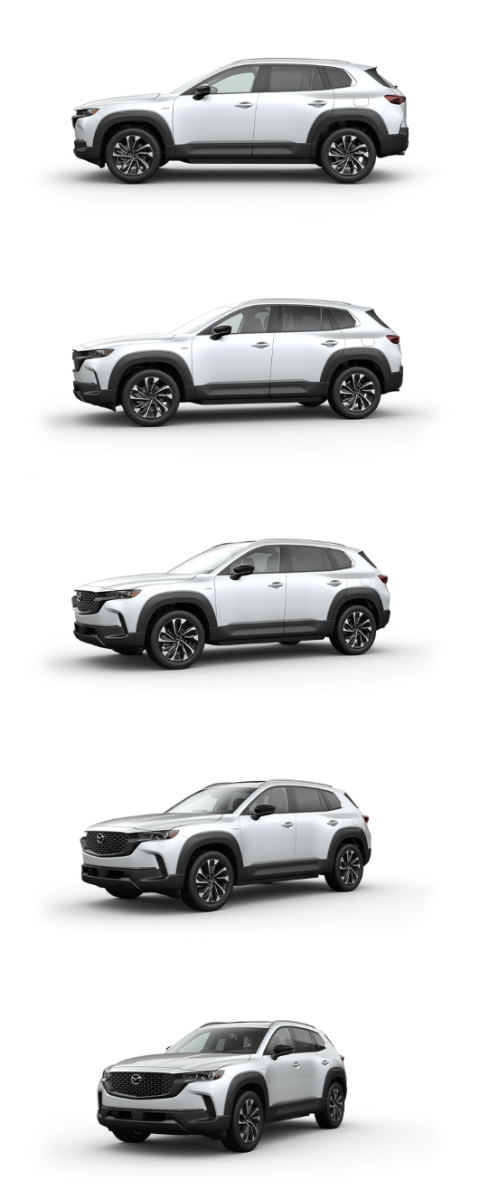The Role of Workplace Charging in Supporting EV Adoption and Sustainable Commutes

Offering workplace charging isn’t just a convenience that businesses offer to employees, it also promotes sustainability within the organization. As part of broader corporate sustainability goals, workplace charging stations are a great way to help reduce transportation-related carbon emissions, which can also have a positive impact on consumer perceptions of the brand.
However, we understand that investing in workplace charging solutions is a big decision that also comes with some challenges. To help you decide whether to offer these options to employees and how to do so, we’ve created this comprehensive guide.
Why investing in workplace charging matters
Investing in workplace EV charging infrastructure is a critical step toward reducing a company’s carbon footprint and supporting broader environmental sustainability goals. One of the key areas impacted by such investments is Scope 3 emissions—those indirect emissions that result from activities like employee commuting and business travel. By providing convenient EV charging options, companies encourage employees to adopt vehículos eléctricos, thus reducing the carbon emissions associated with traditional gasoline-powered transportation. This proactive approach to reducing Scope 3 emissions not only contributes to the global efforts against climate change but also demonstrates a company's commitment to sustainability.
In addition to environmental benefits, workplace EV charging can help companies achieve green building certifications such as LEED (Leadership in Energy and Environmental Design). LEED certification rewards companies for taking steps toward sustainable operations and offering EV charging is one way to earn points. This not only bolsters a company’s green credentials but also enhances its reputation as an environmentally responsible organization, which can attract eco-conscious employees and customers.
The business case for workplace charging
From a pure business perspective, there’s a strong case for implementing workplace charging solutions.
Business benefits of workplace charging
Offering workplace charging and the use of EV fleets provides many benefits. Some are tangible, like lowering Scope 3 emissions, while other benefits aren’t as readily seen or quantified, such as corporate public sentiment and employee attraction.
Any use of EVs—by your employees, vendors, or public transport—will lower your company’s Scope 3 emissions immediately and may help the environment over time. EV charging may also deliver tax breaks or other financial incentives, and your utility provider may offer perks if your site is set up with “bi-directional” performance in mind. EV chargers can contribute points toward LEED certification and may offer a profit center if you’re also charging for it.
Perhaps a bit less tangible on a balance sheet, EV chargers can also help your brand image as an innovative and sustainability-minded organization. They may also help you attract top employee talent, boost employee satisfaction, and increase retention by offering this convenient perk.
Strategies for investing in workplace charging stations: Challenges and considerations
Challenges
• Upfront costs: Initial installation costs for EV charging stations can be significant. However, companies may be able to offset the cost with financial incentives available from the state or utility providers, such as rebates, tax credits, and grants for installing EV charging stations.
• Infrastructure demands: Companies need to determine the appropriate type and placement of charging stations, but it can be difficult to accommodate everyone’s needs if you have employees who require different types of chargers or work on opposite ends of an office space. Additionally, companies need to account for the growing energy demands of these stations as more employees use them over time.
• Planning for scalability: Anticipating future growth in EV adoption is crucial. Companies must plan their installations to be scalable, allowing for easy upgrades or additions as demand increases over time.
Considerations
• Management of charging stations: Businesses should create a policy regarding station use that clarifies how to reserve a charging time, limits on use, applicable charging fees, and how to resolve any conflicts related to the stations.
• Measuring impact: Tracking the environmental and financial impact of EV charging stations helps demonstrate the effectiveness of the investment and ensures alignment with sustainability goals. Organizations could assign a person or set up a system to help measure the impact of charging stations.
• Renewable energy and partnerships: Integrating renewable energy sources, such as solar power, or forming partnerships with local utilities can enhance the sustainability of EV charging programs.
• Building a culture of sustainability: Investing in EV charging reflects a company’s commitment to sustainability, but companies can go a step further by providing employees with education about EV benefits to encourage adoption.
Looking ahead: What is the future of workplace charging
The future of workplace EV charging is expected to grow rapidly, with segments like at-work and on-the-go charging predicted to expand the most through 2030, according to a recent report that highlights the value of workplace charging as a sought-after perk, 30% of small companies and 40% of large companies favor it. For one major charging network, workplace charging at 28%, ranks second only to home charging at 40%, underscoring its increasing importance for both businesses and employees.
Looking ahead, companies will need to plan carefully as they build out their EV charging infrastructure.
Regulatory frameworks will play a crucial role in future charging strategies, as seen in the United Kingdom, which leads in home charging access (93%) due to early adoption of smart charger regulations. Smart chargers not only optimize grid efficiency but also help extend the lifespan of EVs, offering long-term benefits for both businesses and their employees.

Mazda: Electric vehicles that meet your employee and business needs
Mazda CX-70 PHEV
Mazda CX-90 PHEV
Mazda CX-50 HEV
Turn your daily commute into a smarter drive with the Mazda electrified lineup—maximize the benefits of workplace charging and find the vehicle that fits your lifestyle. Visit your local dealership or explore options with our Build and Price Tool.
Explore More EV Resources by Mazda
• ¿Cuánto cuesta cargar un vehículo eléctrico?
• ¿Cuánto tiempo tarda en cargarse un EV?
• Can You Charge an EV in the Rain or Snow?
• Niveles de carga de los vehículos eléctricos: diferencias y ventajas
• EV Battery-Charging Best Practices & Tips
• What Is the Future of EV Charging?
Este artículo está previsto para fines informativos generales únicamente y se basa en la última información de la competencia disponible al momento de la publicación. La información incluida aquí está sujeta a cambios sin previo aviso y no impone obligación alguna a Mazda. Revisa diversos recursos antes de tomar una decisión de compra. Visita el centro de recursos para leer más artículos.


















